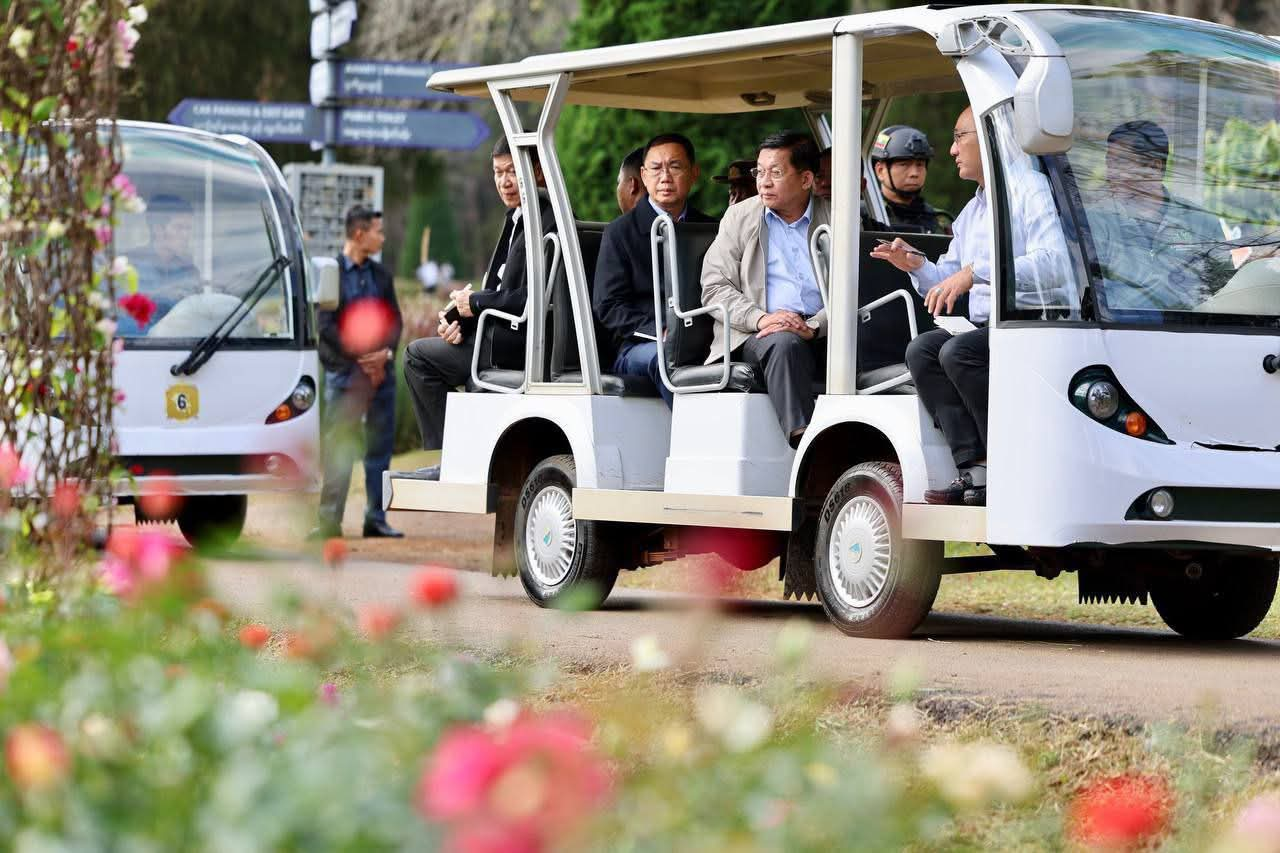
5G technology is a significant improvement over its predecessors, offering faster speeds, lower latency, and greater connectivity.
However, it also faces several challenges that need to be addressed to ensure its widespread adoption and continued evolution. Here are some of the key challenges and future directions for 5G technology:








### Challenges
1. **Interoperability and Standardization**: Ensuring seamless interaction between different network components and vendors, particularly in the context of 5G’s complex architecture.
2. **Security and Privacy**: Protecting user data and preventing cyber threats in a rapidly expanding network, especially with the introduction of new services and use cases.
3. **Spectrum Management**: Allocating and managing radio frequency spectrum efficiently to cater to growing demand for high-speed data transfer.
4. **Backhaul and Edge Computing**: Ensuring sufficient network capacity and processing power at the edge of the network to support latency-sensitive applications.
5. **Quality of Service (QoS)**: Maintaining optimal QoS for different services and applications, especially in scenarios with high network congestion.
6. **Power Consumption and Heat Generation**: Managing the increased power consumption and heat generation associated with the deployment of 5G base stations and user equipment.
7. **Deployment and Rollout**: Scaling up 5G networks efficiently and affordably, particularly in rural or hard-to-reach areas.
### Future Directions
1. **6G Research and Development**: Exploring the possibilities and challenges of 6G technology, which promises to offer even faster speeds, lower latency, and greater connectivity.
2. **Advanced Spectrum Technologies**: Developing new techniques for spectrum allocation, such as dynamic spectrum sharing and satellite-terrestrial integration.
3. **Quantum Computing and AI Integration**: Harnessing the potential of quantum computing and AI to improve network management, security, and performance.
4. **Edge Computing and IoT**: Enhancing the integration of edge computing and IoT devices to support mission-critical applications and real-time analytics.
5. **Network Slicing and Service Orchestration**: Developing more sophisticated network slicing and service orchestration capabilities to support diverse use cases and services.
6. **Open-RAN and Open-NFV**: Promoting the adoption of open standards and architectures for RAN and NFV to enable greater flexibility and collaboration.
7. **Sustainability and Environmental Impact**: Investigating ways to reduce the environmental impact of 5G networks, such as using renewable energy sources and minimizing electronic waste.
### Emerging Technologies and Trends
1. **Artificial Intelligence (AI) and Machine Learning (ML)**: AI and ML can be used for network automation, optimization, and security, improving overall network performance.
2. **Cloud Computing and Edge Cloud**: Cloud computing and edge cloud can provide scalable and flexible infrastructure for 5G networks.
3. **Internet of Things (IoT)**: IoT devices can provide new use cases and services, requiring advanced network infrastructure and management capabilities.
4. **Blockchain and Distributed Ledger Technology**: Blockchain technology can enhance security, reliability, and transparency in 5G networks.
5. **Augmented and Virtual Reality (AR/VR)**: AR/VR can enable immersive and interactive experiences, requiring low latency and high-speed data transfer.
6. **Smart Cities and Urban Planning**: 5G can support smart cities and urban planning initiatives by providing high-speed data transfer, IoT connectivity, and advanced analytics.
7. **Autonomous Vehicles and Transportation Systems**: 5G can support the development of autonomous vehicles and smart transportation systems.
In summary, while 5G technology has made significant improvements over its predecessors, it still faces several challenges that need to be addressed. By exploring future directions, emerging technologies, and trends, we can ensure that 5G networks continue to evolve and provide innovative solutions for diverse use cases and services.


Leave a Reply